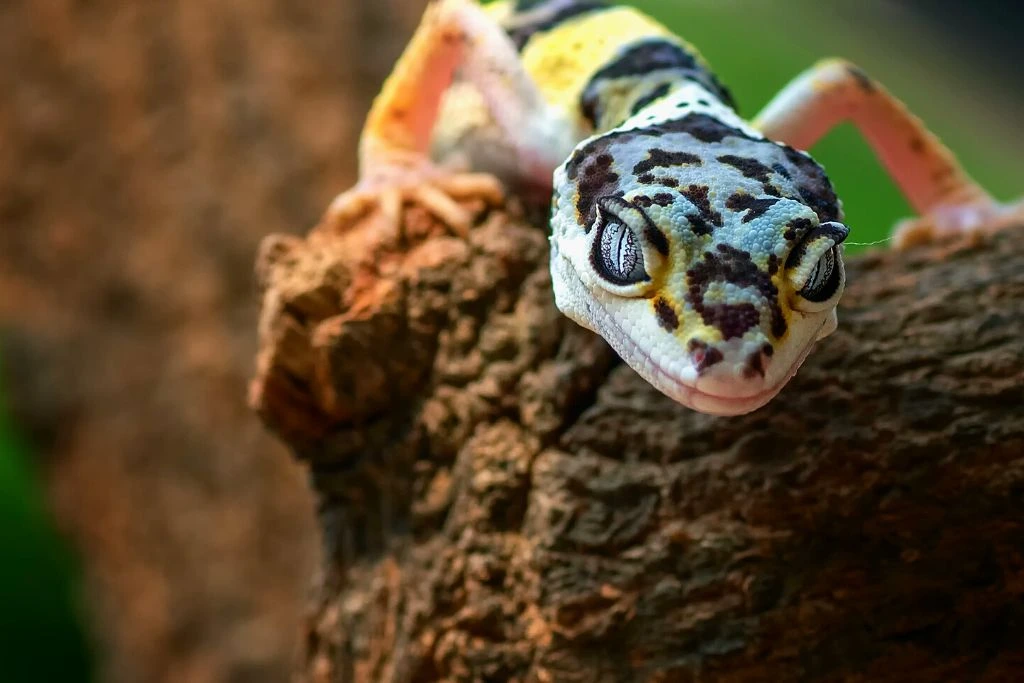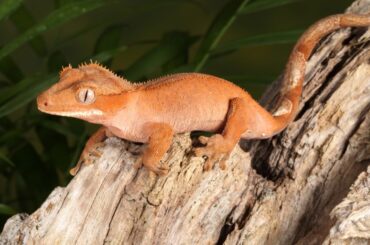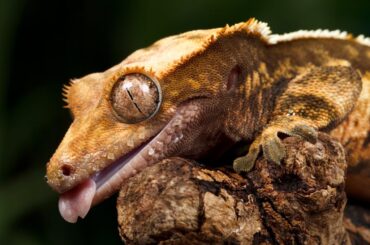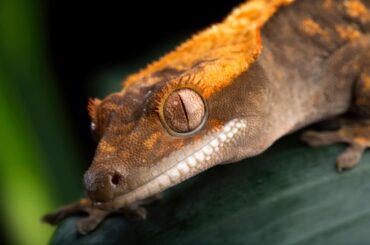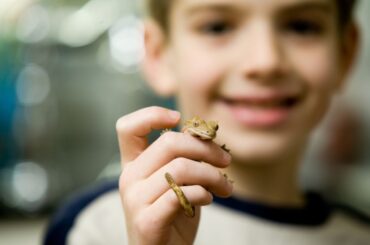A normal leopard gecko poop has three parts to it. It should contain a drop, or sausage-looking roll of uric acid waste; a dark sausage-looking roll of waste part; and with or without a little amount of pee. Its waste part should be well-formed, dark in color, and solid, while its urates have a white or yellow color, which is a reptile’s process of preserving water. You should also notice some portions of white or yellow pee.
Most organisms need to defecate to remove the waste from inside their bodies. Leopard geckos are no different. They need to poop regularly to be healthy. It is also an excellent way to determine if they have health problems.
A leopard gecko is a fascinating organism to study its defecating habits and find out more details about its health, especially if you keep them as your pet.
What Is the Frequency of a Leopard Gecko Expelling Its Droppings?
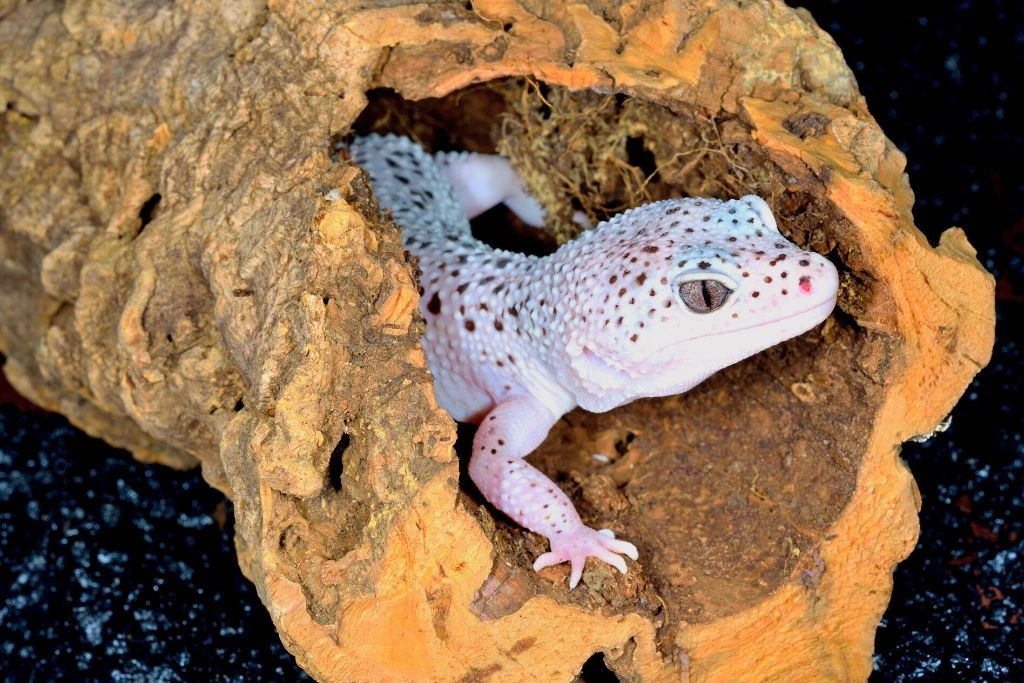
You need to know your leopard gecko’s defecation frequency depends on its age, diet, metabolism, and size. Newborn leopard geckos frequently defecate daily, while adults do it once every few days.
Curious how big leopard gecko poop is by age?
Here is a leopard gecko poop chart to check its poop frequency according to age, weight, and size.
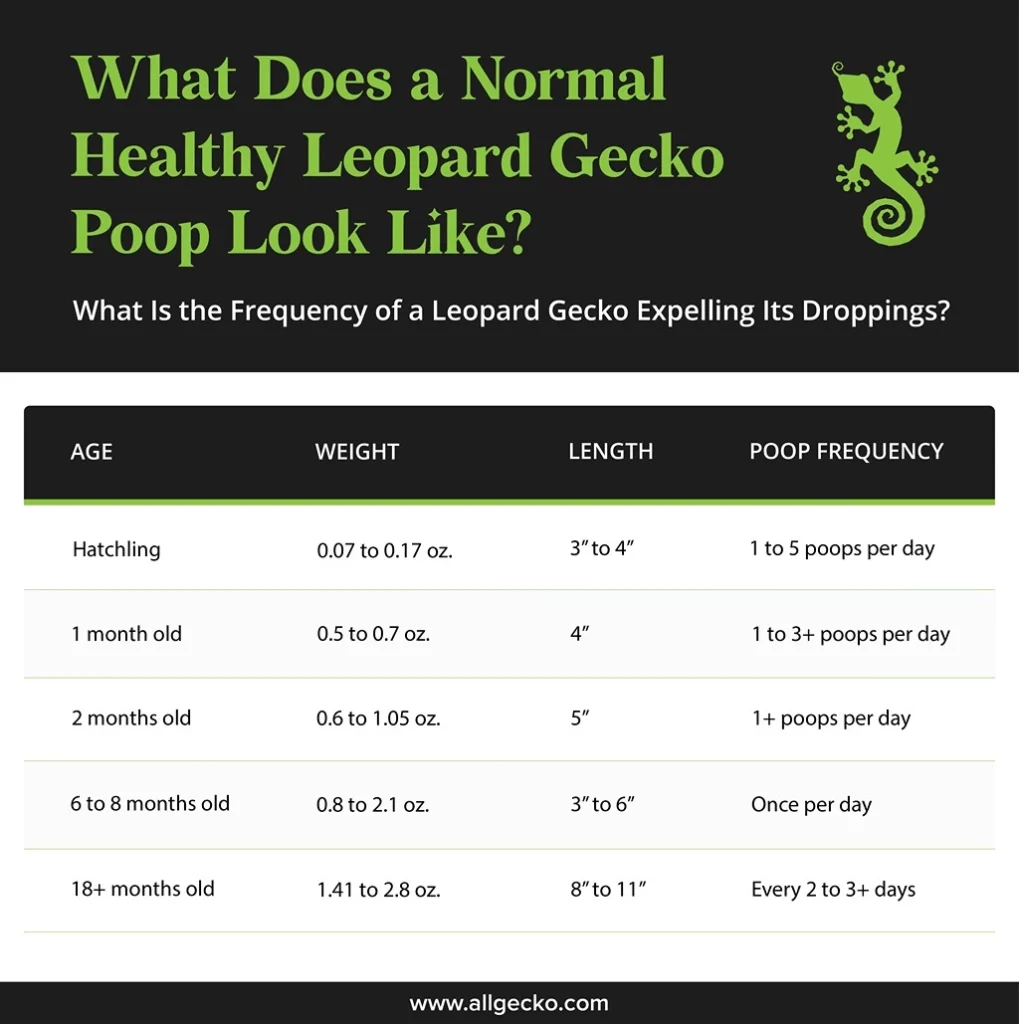
It is important to be mindful of your leopard gecko’s pooping habits to know its overall health. You must regularly examine your leopard gecko’s poop frequency, especially if they have a sudden change in their bowel movements.
If your leopard gecko stops pooping, one of these reasons may be the cause:
- Consumed too many or large insects
- Low temperatures inside the tank
- Bowel impaction
- Infection with parasites
Why Is the Leopard Gecko Having Diarrhea?
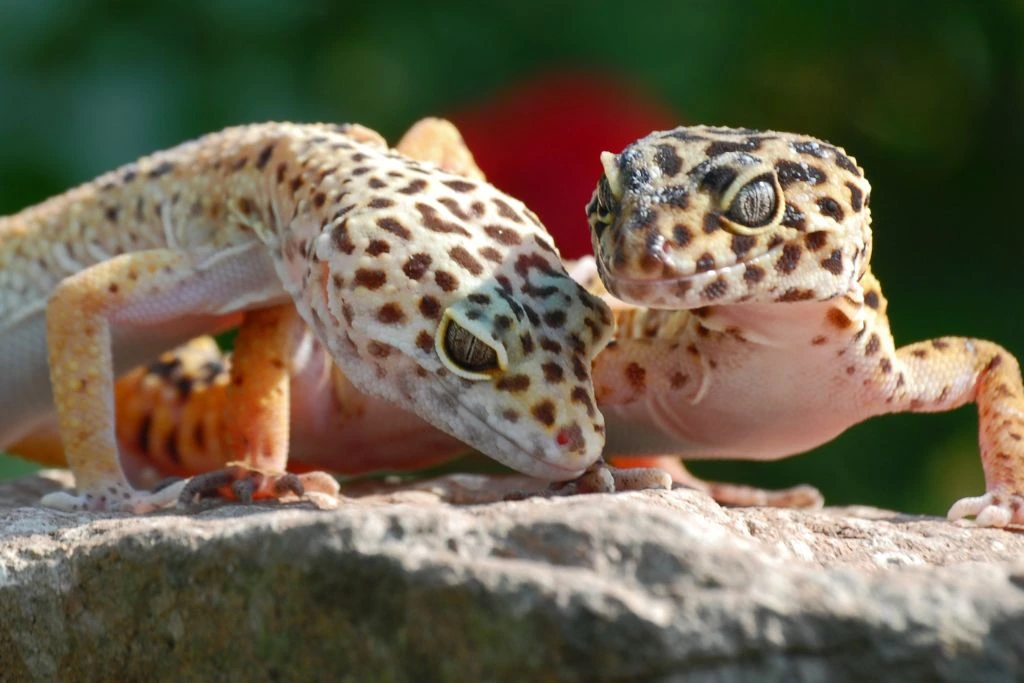
You might ask, “what does leopard gecko diarrhea look like?” A leopard gecko’s diarrhea is wet, liquid-like, and sometimes has undigested insects.
Leopard gecko diarrhea becoming a common occurrence? Many factors can cause diarrhea for your leopard gecko:
- Stress and anxiety – Your leopard gecko might be experiencing stress and anxiety when they feel uncomfortable whenever there are disturbances in their tank. There are times when other people would admire your leopard gecko, and they can’t help but tap the tank.
- Bacterial infection – Leopard geckos can have bacterial infections whenever you feed them spoiled insects or do not clean their tanks often enough. Spoiled insects will cause irregularities in their digestive system. A dirty tank is an excellent environment for bacteria to grow, which may cause diarrhea for your leopard gecko.
- Change in diet – Their digestive system cannot take sudden changes in what they eat, especially newly introduced food. Sometimes, the reason for changing their diet is the unavailability of their usual food.
- Change in the environment – There are moments when you have to move their tanks from one place to another. This is one of the leading causes of diarrhea for your leopard gecko.
- Change in temperature – You should adjust your setup based on the seasons. A sudden change affects the temperature of your pet’s surroundings and can lead to diarrhea.
- Poor humidity levels – Poor humidity levels in their tanks can cause them to have diarrhea. Leopard geckos need high humidity to maintain their skin’s moisture for proper shedding. Otherwise, it may cause infection.
These factors cause leopard geckos to have diarrhea. It is best to take them to your nearest veterinarian, along with a sample of their poop for observation.
Why Is the Leopard Gecko Having Constipation?
If you’re a leopard gecko owner, and your gecko has been having trouble pooping, it may be a good idea to look into why this happens.
The most common causes of constipation in leopard geckos are:
- Lack of water – There can be moments when you forget to refill their water supply. The dry season can also be the main reason for the sudden loss of water supply.
- Poor diet – Too much protein in their diet can cause them to have constipation. You must give them a balanced diet to maintain a healthy digestive system.
- Stress from moving or being handled too much – Sudden movements are another reason for your leopard gecko to have constipation.
What Can You Expect in Healthy Leopard Gecko Droppings?
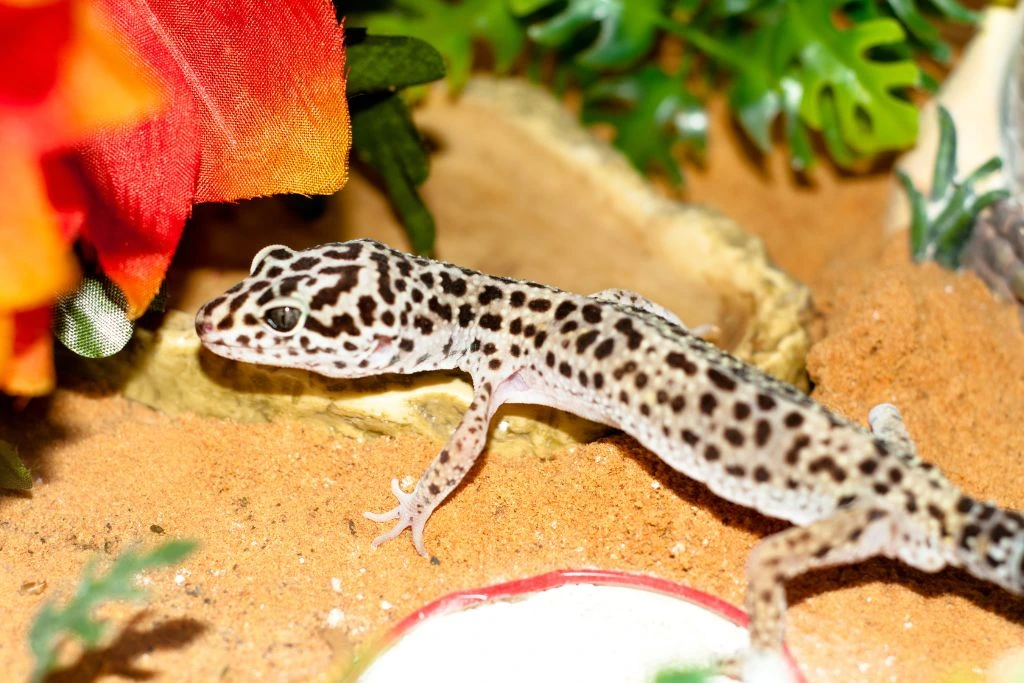
The color of leopard gecko droppings can vary from yellow to brown. It should be soft and sticky, not hard or dry. Leopard geckos should produce only a tiny amount of stool each day, not too much or too little.
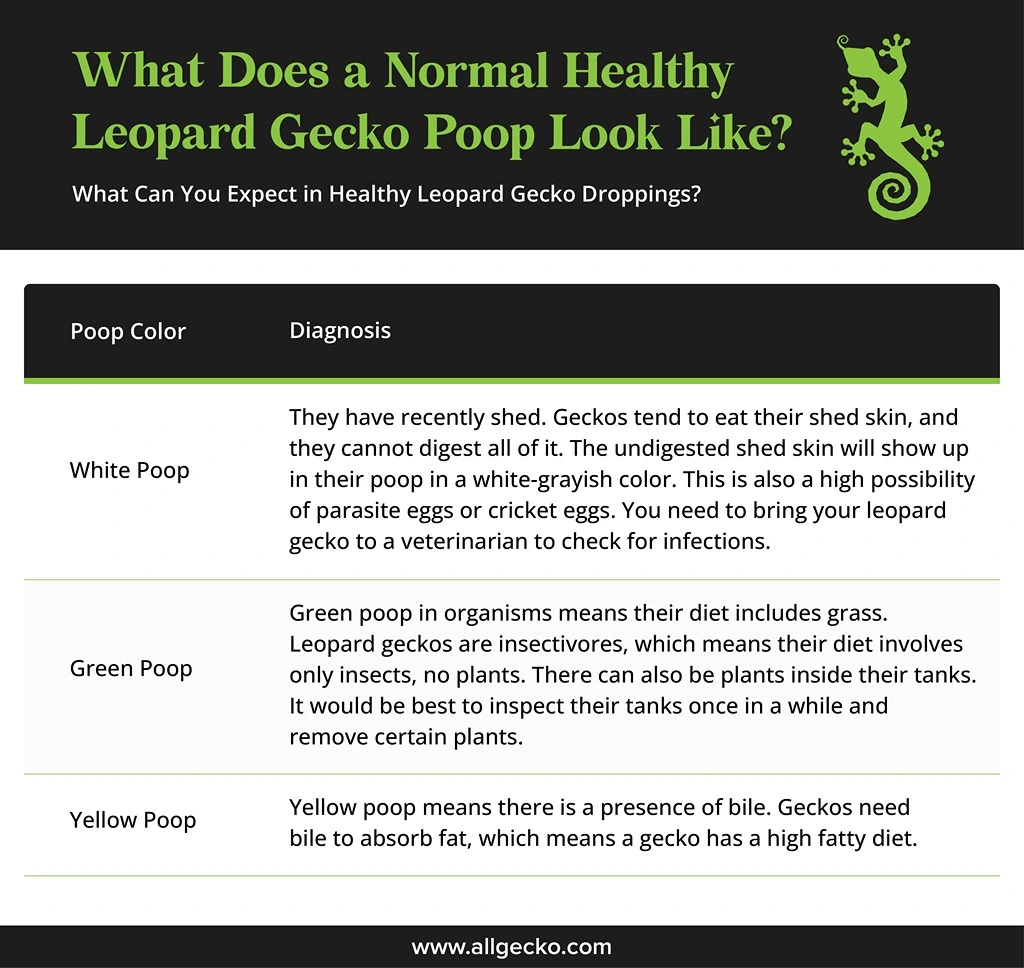
How To Identify Parasites in the Leopard Gecko Poop?
If you suspect your leopard gecko has parasites, you can look for the following symptoms:
- Small, white worms in their poop
- Blood in the feces or on their tail or legs
You should also be able to identify parasites by looking at your lizard’s poop. If it looks like small white worms are coming out of their butt, they have roundworms. Your pet may have hookworms if there are red blood spots throughout the feces or on its tail or legs.
How To Properly Bring the Leopard Gecko Poop to the Veterinary?
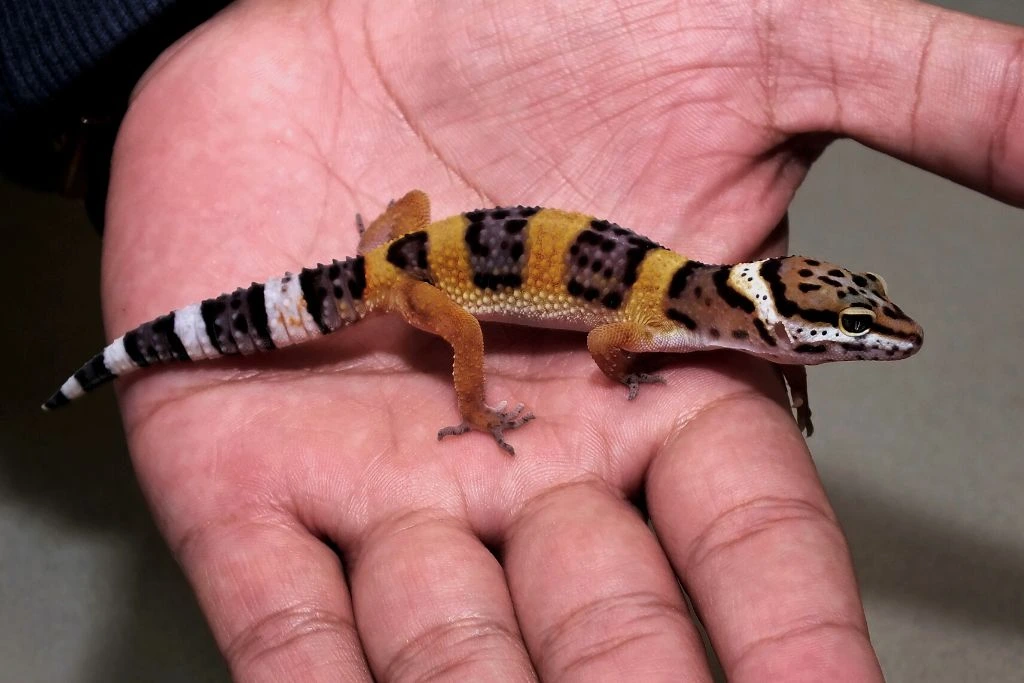
Collect the leopard gecko poop in a plastic bag or Tupperware container. Store the poop in a refrigerator until you can take it to your vet’s office. Transport the leopard gecko poop in an insulated bag with ice packs and bring it immediately to the veterinary office for testing.
When you arrive at the vet’s office, explain what happened and hand over the container of leopard gecko poop. Your veterinarian may take a small sample from your pet and send it to a laboratory for analysis.
In some cases, a veterinarian may be able to diagnose the problem based on what they see in the leopard gecko poop sample.
How To Clean Leopard Gecko Poop?
The best way to clean leopard gecko poop is with a paper towel or disinfectant sponge. You can also use paper napkins if you’re out of towels but don’t have access to any disinfectant sponges at home. If your gecko has diarrhea, it’s essential not to use anything but the disinfectant because there could be harmful bacteria on its tail that could spread throughout its body if not properly cleaned off.
Once you’ve cleaned up the mess, it’s time to find out what’s wrong with your gecko. If this is a one-time occurrence, they may have eaten something that they didn’t agree with or had an upset stomach. An upset stomach can be caused by stress or anxiety and overeating fiber.
Conclusion
Keep in mind that your gecko is a living creature, and just like humans, they have its own needs. If you’re worried about what your leopard gecko poop looks like, don’t be! The best way to care for them is by paying attention to their needs. And if it doesn’t seem right, contact a vet right away.
Leopard geckos are not active animals, so giving them plenty of room for exercise is important. A 10-gallon tank is often considered the minimum size for one adult leopard gecko, but bigger is always better.
If you have a small tank and aren’t planning on getting another one soon, you should provide plenty of cardboard boxes or other hideouts where your gecko can go if it wants privacy.

